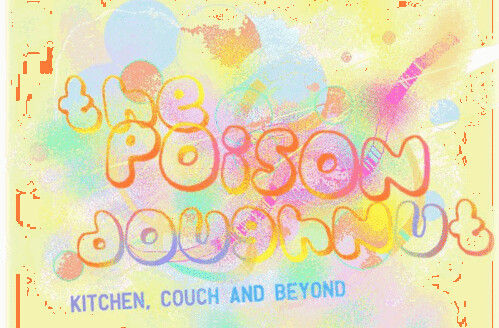Beef and orange daube
But there was a scene in the program where she is languishing in some cold English field, dreaming about "beef scented with orange peel". That was it for me. The end, questions over, casserole time. To be more specific, daube time.
A daube is supposed to be meat cooked with wine, over a long slow heat, together with other suitable vegetables and so on, to produce a rich stew on the thick side, with the beef falling apart and meltingly tender. I didn't really do that, probably because I made the daube and THEN went looking for her book, French Provincial Cooking (read it for free via Google Books). This book has been a great teacher. I recommend it to anyone and everyone. If I had read the recipe first, things might have been different, but I am still very pleased with the result.
My daube turned out to be a rich meaty sauce, coating chunks of tender beef and vegetables. I served it with steamed potatoes, broccoli and zucchini in a bowl, with the persillade on top. In retrospect I should have omitted the persillade, but Mrs Daid did recommend it. I though it detracted from the soft flavours of the meat and gravy.
The daube would be great with pasta, or even on thick toast.
Escoffier, the great French chef, was all about "depouiller, depouiller, depouiller". Skim, skim, skim. Skimming a broth, soup or stock makes it clear and lovely. I remembered Escoffier just in time, and and all my depouillering went to good use, for the daube was indeed clear, murk-free and enchanting.
Pinky's beef and orange daube
- About a kilo of beef bones (I bought mine cheap from the supermarket: they were called "beef soup bones".) Make sure you get bones that have been cut right through so you can see the marrow.
- Some suitable beef pieces. If the soup bones are very meaty, perhaps that would be enough. I bought "gravy beef", which looked to be chuck or stewing steak in pieces. It worked well.
- 1 cup red wine
- 1-2 onions, peeled and halved
- 3 celery sticks, roughly chopped
- 2 carrots, sliced
- Peel slices from half an orange
- Tomato passata
- salt
- olive oil
For the persillade:
- Flat-leaf parsley
- Orange zest (use the other half of the orange from above)
- Half a clove of garlic, grated
Trim the steak into large cubes. Trim off any fat, sinew, gristle, anything white. This will help the meat to relax and become awesome. In a giant saucepan or stock pot, splash in some oil. Add the meat and bones, and cook on medium heat for a few minutes until browned all over. Pour in the wine and cook off the alcohol for a minute or so. Add the vegetables, the peel, a slug of passata, and water to cover the lot. Use more water rather than less. My stockpot was almost full. Add a little bit of salt, just a pinch. Bring to the boil. Stand there and skim it as it boils: you want to get rid of any grey-brown-green scungey scum or foam. These are the impurities that will cloud your dish. Bubbles are OK. Red-brown foam is OK too. Reduce heat to a low simmer, move it to your smallest burner, and simmer for several hours. Mine went for 4-5 hours. Skim it periodically: you could even bring it back to the boil once or twice to encourage the scum to surface and then skim it away.
After the long slow simmering, you should have a deep, rich-coloured broth, crumbly tender meat and mushy vegetables. Let it cool for a while (or don't bother). Get a big big bowl, sit a colander inside and line the colander with a clean tea towel. Strain the broth through this. You want the clear juice going into the bowl below. Discard the bones: take the meat off them first if you like. Rinse the stockpot and pour the strained broth back into it. Add the meat cubes and the carrots, if they look OK. Taste for seasoning: adjust as you will. Put the pot of broth and meat back on the stove. It should be about a quarter or a fifth of the original volume. Continue reducing gently, thicken with a little flour towards the end. Total cooking time for me was about 6 hours.
The persillade is a mixture that you sprinkle over the finished daube. If using a persillade, finely chop the parsley and combine with the zest and grated garlic. Serve as you like. The flavour of the orange peel will be beautiful and haunting. Vive la Provence!








No comments:
Post a Comment